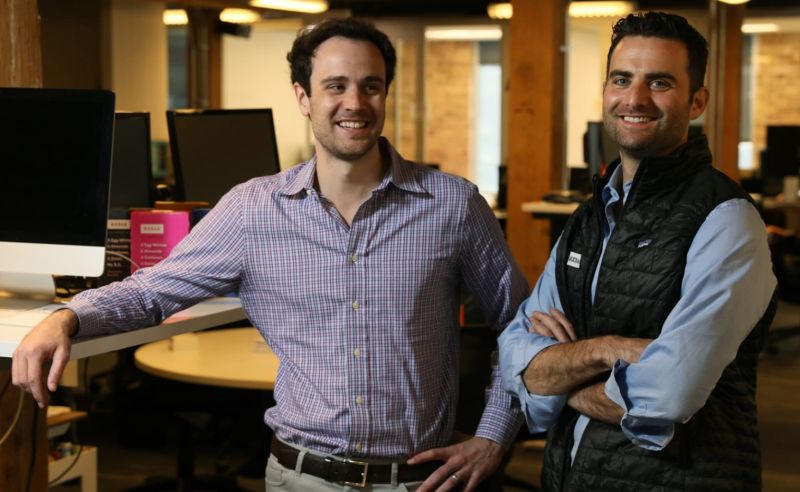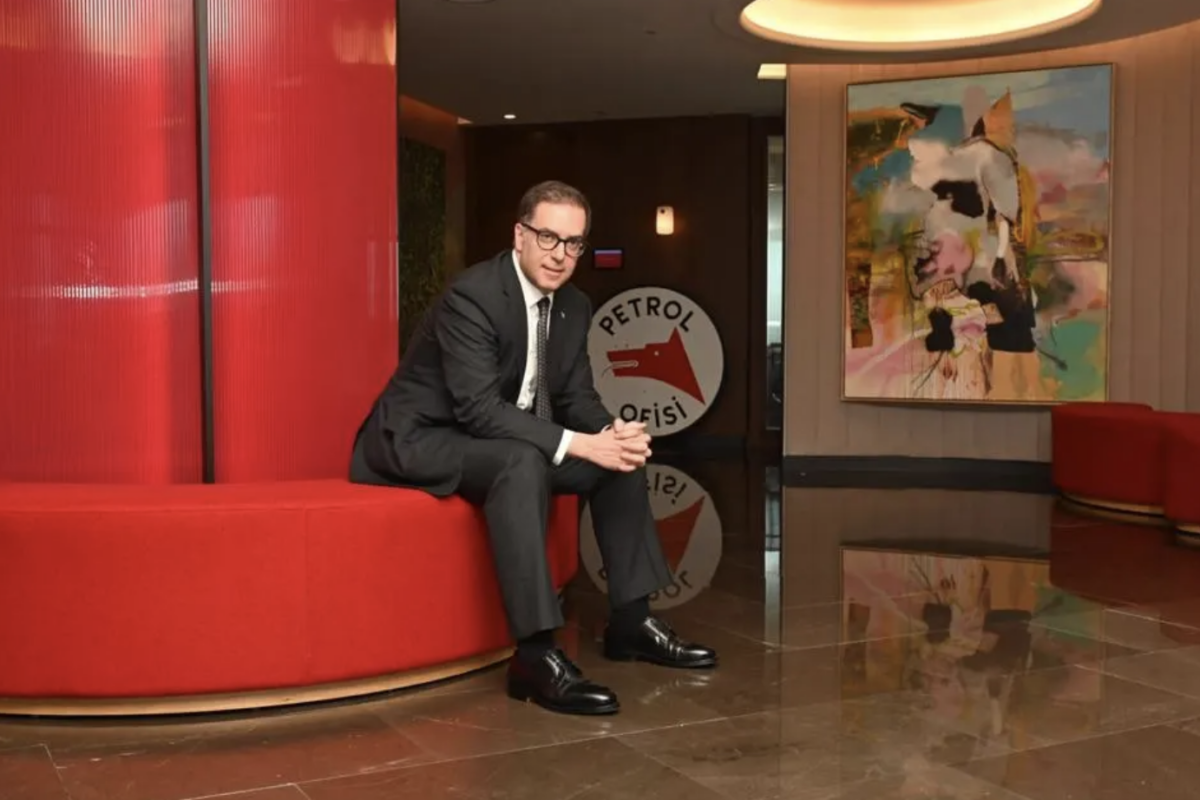From its beginning, Brandless was a contrarian naysayer. The company held fast to the notion that in the sea of consumables, brands do not matter but fungible products do. All things being equal, all things are essentially the same things, only different. Generic. Generally the same. Brandless.
Brandless failed as a business. The tragedy is not that it was built upon a false premise. Insight: In a world where we can choose from hundreds of kinds of automobiles, jeans, yoga pants, gummies and fruit smoothies, we are all part of a great similarity.
Millennials, in particular, having grown up in an era during which quality and quantity have been constants, and many are exhausted by the plethora of merchandise thrown at them. Generics are a means of simplifying the storm of things.
Meanwhile, sales growth for generics and/or private label products can be double or triple that of even established 100-year Brands.
Based on these insights (and presumably a few more) plus the never-ending urge to disrupt, in July 2018 SoftBanks’s Vision Fund announced a $240 million round of funding for Brandless. The venture lasted 19 months until Vision Fund pulled the plug.
The cause for Brandless’s fall? Two things (at least). First, they could not call themselves “Brandless” and then also call themselves a Brand. This hubris alone was an emotional and psychological gamble when trying to scale. Is there brand loyalty if you are not a brand? Can angels dance on the head of a pin?
How do you build mass from a fundamental notion of mass-lessness?
Brands are not products. Brands are the people that cluster around products. Brands are no longer simply the brandmark, they are the advocates, fans, Likes, zealots that share the same tastes, values, worldview and aspirations. They walk alike, they talk alike, sometimes they even buy alike.
The new mission is to create a crowd of people around you that becomes so passionate about your success, they create it themselves. In a marketplace filled with a sea of choices, they float your boat.
Second. In the cosmos of merchandising, if you want to be generic at scale you have to squeak past the great gods of Amazon and Walmart. Each of those Brands has their own set of generica whether under the guise of private label or white-shrouded generic. (84% of Walmart customers purchase Walmart brands, rather than big name brands.)
Good luck.
(Note that those who market generics and their soft cousins — private label and house brands — e.g. Target’s Archer Farms, Amazon Elements, Walmart’s “Great Value”™, do so by suspending them from their own well-established Brand. Whether they are a branded house or house of brands, they are twigs from the same tree.)
The moral takeaway from Brandless’s fail is that enterprise around people, places or products needs to brand more, not less. (Indeed, Brandless could have branded itself more, and thereby possibly succeeded.)
Current events are proving that companies need to understand that performance marketing and brand marketing are not mutually exclusive. Brands are inherently inclusive. Everyone needs to expand their networks by seeking out and attracting more “people like us.”
What kind of Brand community you are trying to build? Workshop this: If your brand was a city, who would live there, what would it look like, what sounds would you hear, what does it smell like, who won’t not want to live there with you? What things do you celebrate? What things do you abhor?
If you don’t know, you need to find out.
Your brand is not wishy-washy fakery. Your brand is your customers. Brandless tried to create an imperial city as white as a ghost, until it became one.
Contributed to Branding Strategy Insider by: Patrick Hanlon, Author of Primal Branding
The Blake Project Can Help: Disruptive Brand Strategy Workshop
Branding Strategy Insider is a service of The Blake Project: A strategic brand consultancy specializing in Brand Research, Brand Strategy, Brand Growth and Brand Education




